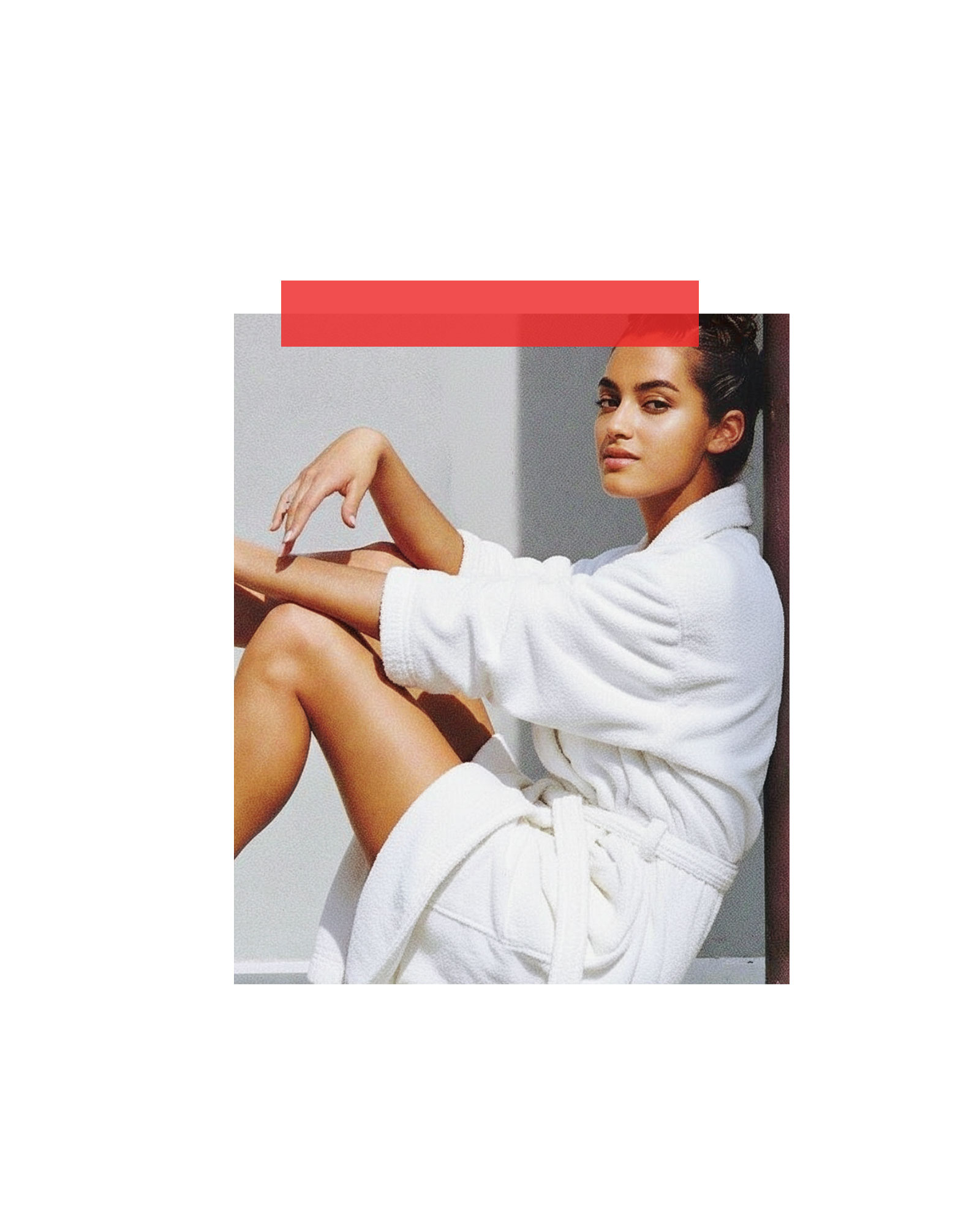
Poikiloderma is a common skin condition characterised by a distinctive combination of redness and mottled, uneven pigmentation, typically appearing on the sides of the cheeks, neck, and décolletage. It manifests as a reddish-brown discoloration with a reticular, or net-like, pattern, often made more prominent by thinning skin and dilated fine blood vessels close to the surface. Poikiloderma is recognisable by its V-shaped formation on the neck and chest, usually creating a symmetrical border that spares the area directly beneath the chin, which is naturally protected from the sun. This condition commonly affects fair-skinned or sensitive-skinned individuals, particularly middle-aged and menopausal women.
There are primarily two types of poikiloderma: standard poikiloderma, which is a genetic condition, and poikiloderma of Civatte, which is predominantly caused by chronic overexposure to the sun. It is important to note that poikiloderma has also been linked to more significant underlying health conditions such as lupus and Lyme disease. Therefore, anyone presenting with poikiloderma is strongly urged to consult a medical doctor or dermatologist to ensure there are no other contributing health factors at play.
Preventative Measures
A proactive, preventative approach to skin health is paramount. The consistent daily application of an SPF50+ broad-spectrum sunscreen is a simple yet impactful step. Diligent sun protection from a young age is crucial for overall skin health and serves as a vital preventative measure to significantly reduce the likelihood of developing pronounced skin conditions like poikiloderma. However, it is never too late to incorporate sunscreen as a non-negotiable final step in any daily skincare routine, ensuring generous application to the face, neck, décolletage, and any other sun-exposed areas.
Management & Treatment
While diligent sun protection is vital, it is important to acknowledge that genetics and hormonal changes can also contribute to the onset of poikiloderma. Once formed, there is currently no definitive cure. Nevertheless, several effective strategies can help calm the existing pigmentation and prevent the condition from becoming more pronounced or spreading further.
Professional treatments such as Pulsed Dye Lasers and IPL (Intense Pulsed Light) Therapy can be highly effective in reducing the appearance of existing pigment and improving the overall condition of the skin. These in-clinic treatments are best combined with ongoing, sun protection, including both a broad-spectrum SPF50+ sunscreen and the use of protective clothing to cover exposed areas. This comprehensive approach remains the most effective way to manage poikiloderma and mitigate its progression.